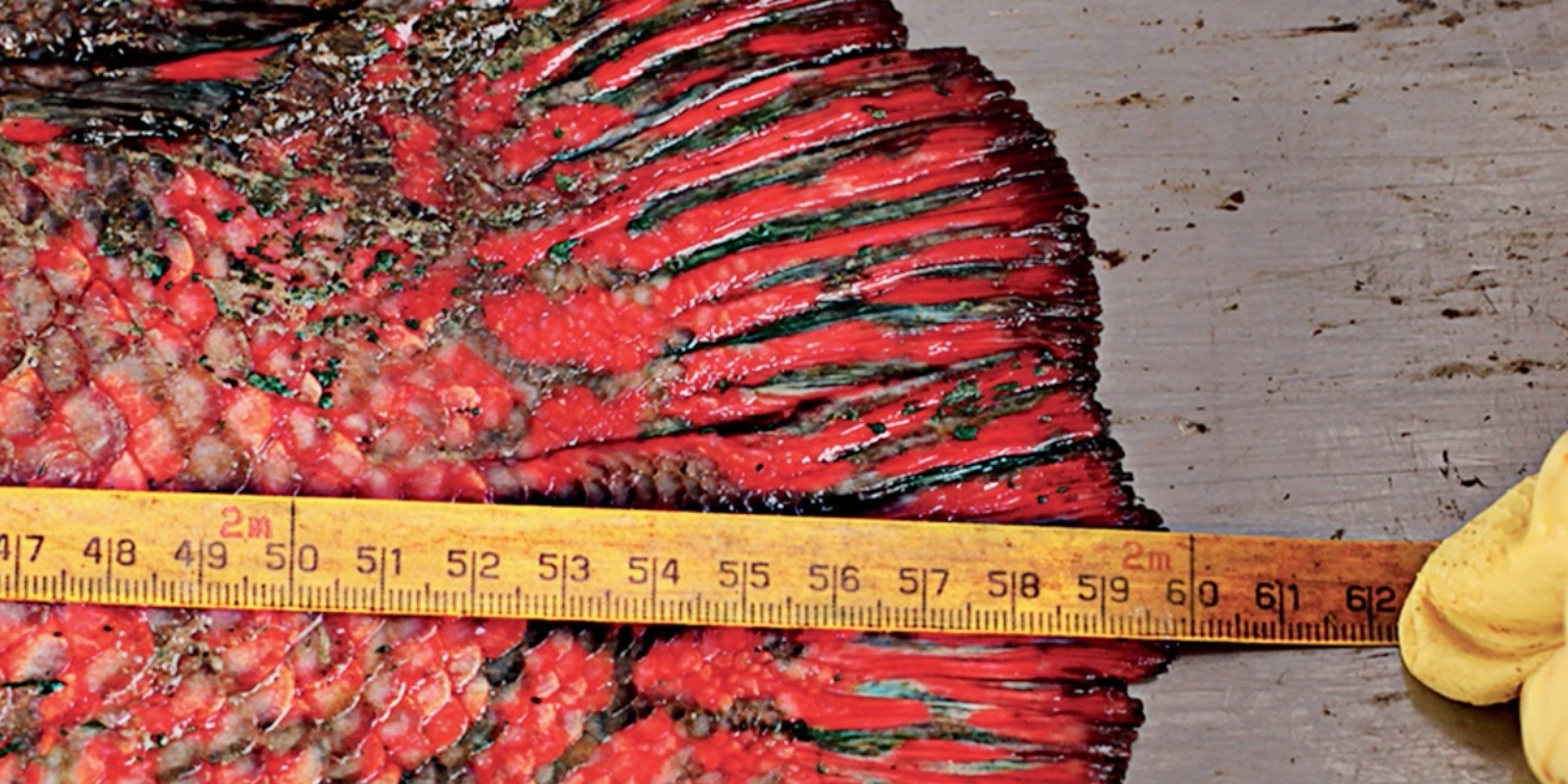
Amazon fish on the catwalk
How does one combine environmentalism, sustainability and luxury fashion? The formula is the unique coupling of Brazil and the Nordics that was pioneered by a brand called OSKLEN.
The story of Oskar Metsavaht
According to Forbes, Osklen is Brazil's first global luxury brand, and its founder, Oskar Metsavaht, is innovating the aesthetics of design, while keeping ethics close to his heart. As a UNESCO Goodwill Ambassador, Oskar is a thought leader on how the fashion industry can work with sustainability causes and be more cognizant of the environment.
Watch the full feature story on Vimeo.
Oskar, you have roots in the Nordics, and this has been highly influential in your work. You have also collaborated with tribes in the Amazon, incorporating their culture into your design and empowering them with a position in your value chain. In what ways was this partnership first inspired by your Nordic heritage?
In the Nordics, fish skin is often used as a kind of leather, and after learning that, I wanted to test it out in the Amazon forest. Specifically, I went to the Ashaninka tribe and learned how they work, hunt, and live as a community. For centuries, the Pirarucu fish has been very important to their lifestyle.
However, the fish skin was always thrown away, and we wanted to introduced the idea of using the fish skin in clothing. We developed consistent sustainable practices throughout the whole process: treating the skin, applied innovative natural colouring, and a social project was involved too. The manufacturing process is on par with international quality standards, all resulting in an original design. Now, it is a luxury element in our collection.
What kind of impact does this partnership have on the people in the Amazon?
Sustainability is not just about keeping the forests alive, but improving the quality of the lives of the humans who live there. People often have the misconception that we should not touch or go into a forest, and that’s not necessarily the case. My collaboration with the Ashaninka tribe in the Amazon was a cultural and a social project. We developed a school and an institute to keep their traditional art craft alive and together with the fish skin project bringing an aspect of their economic activity, the fish and its skin, into a fashion collection by adding luxury standards and technical design.
The result is a sustainable collaboration that empowers them economically and is able to have a positive impact on their culture. In this way, our brand is able to integrate both a natural resource and the deeper cultural values of the peoples of Amazon together.
The combination of fashion and sustainability is … fashionable these days. But with OSKLEN, it is a core value, and the ethics of aesthetics is clearly very dear to you. Why is that?
The environment matters, and that’s a belief that I’ve grown up with. My family was friends with the José Lutzenberger, who was one of the first ecologists in Brazil. Also, given my lifelong love for the outdoors, I actually started Osklen as a technical sports brand after a scientific expedition to the Andes mountains when I designed the complete technical clothing for me and the expedition team.
When I talk about sustainability, I’m referring to the “ethos,” or values that cultivate a sense of responsibility to give back, whether those values belong to a community, a tribe, a society, or even an entire nation. These values are deeply intertwined with aesthetics, and I really feel that “ethos” and aesthetics are two sides of the same coin.
Aesthetics refers to design, form and function, and if done well, design translates to a level of sophistication and then luxury. This process is deeply shaped by our values, and it is important to remember the values that underlie the word ‘luxury’. Specifically, ‘luxury’ originates in the root, lux, which means light and enlightenment. Thus, by definition, luxury should be enlightened and emerge from a strong set of values and an honourable commitment to sustainability.
Instituto-E is an environmental NGO that you founded and now chair. How does such an organization interact with a luxury brand like OSKLEN?
The Rio de Janeiro based Instituto-E is OSKLEN’s strategic partner in sustainability. Nina Braga is our director, a dear friend, and travel companion who has worked with me to make Brazil a point of reference in sustainable development. In particular, the organisation does environmental research by helping us find and develop new materials, as well as talk with new producers and indigenous communities.
While Instituto-E is certainly a valuable resource to us, it’s open to all. For example, its E-fabric service provides research on sustainable, socially conscious, eco-friendly products and materials, and it can do that for any fashion brand, not just OSKLEN.
What is the guiding vision that drives this work?
I believe that we yearn to return to a common set of basic human values and to experience more of a natural resonance with our immediate surrounding environment. In many ways, a cultural renaissance is emerging because of the growing influence of sustainability and climate change.
In the fashion industry, I call this emergence of new, 21st century values as the epitome of ‘New Luxury.’ Specifically, I mean sharing and using our nature reserves, while committing ourselves to preserve those reserves for future generations. I think this harkens back to the importance of incorporating aesthetical and ethical sophistication, by acting as a community in a way that is based on values and ethos.
At the core, geographical borders are eroding, and OSKLEN is not merely a Brazilian brand. Rather, we are a group of people that is working with fashion and surrounding ourselves with others all over the world who share these values.
In some ways, fashion has always been about the Zeitgeist of the moment, as it enables people to express what’s going on in the world. But sustainability and a deep commitment to the environment is not a passing fad - for example, increasingly, people are realizing the gravity of climate change. I feel that this shifting awareness will compel closer interactions between fashion and sustainability than ever before, and I truly believe that this has the potential to be our big, unifying and empowering narrative of the 21st century.
How does your Nordic heritage influence your work?
There’s no doubt that my Nordic heritage has profoundly influenced my perspective on contemporary sustainability, the use of technology, as well as the very philosophy of synthesis. Specifically, in my daily work, I see it within the minimalistic approach to my designs, and I feel proud about how deeply rooted these values are. Even my name means ‘forester’ or ‘a forest guardian’ (metsavaht in Estonian, metsävahti in Finnish).
Call to action
I think this Nordic-Brazilian link is something we should continue to explore in the future. It has a very contemporary flair to it, as it simultaneously feels like the bridging of opposites that really have more in common than one might think. Through that combination, we can bring about something original, and together, we can break some paradigms.
Om.Art is my art studio in Rio de Janeiro - it’s a place for exhibitions and ideas. It’s open to everyone, whether that be artists or thinkers, to come with innovative ideas to Rio de Janeiro, and take part in the incredible renaissance times that we are living now. Welcome!
Oskar Metsavaht was interviewed in Paris, 25th of September by Pärtel-Peeter Pere, Future Place Leadership
A little more info
- Visit the website of OSKLEN
- "Well dressed in a clean environment", : Nordic Action plan for sustainable fashion and textiles
- See whats going on in the Nordic fashion scene: Nordic Fashion Association



